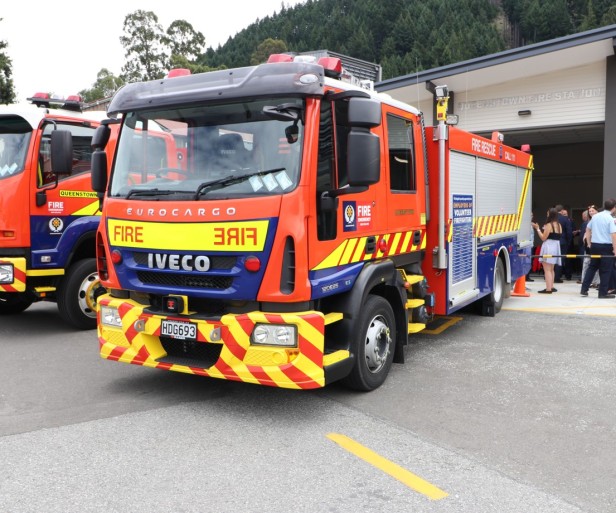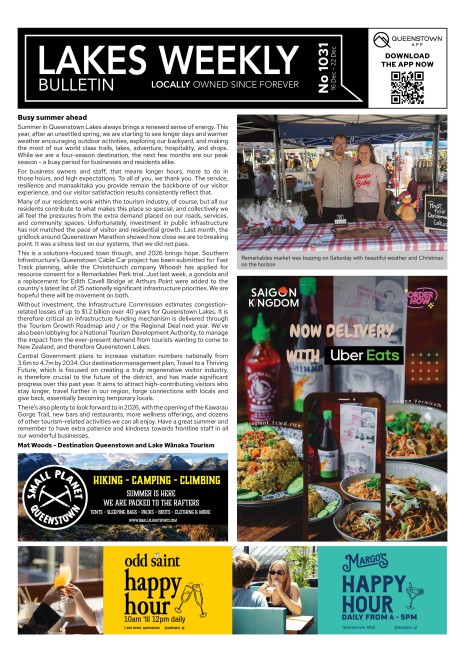Airport drops $20m on runway safety
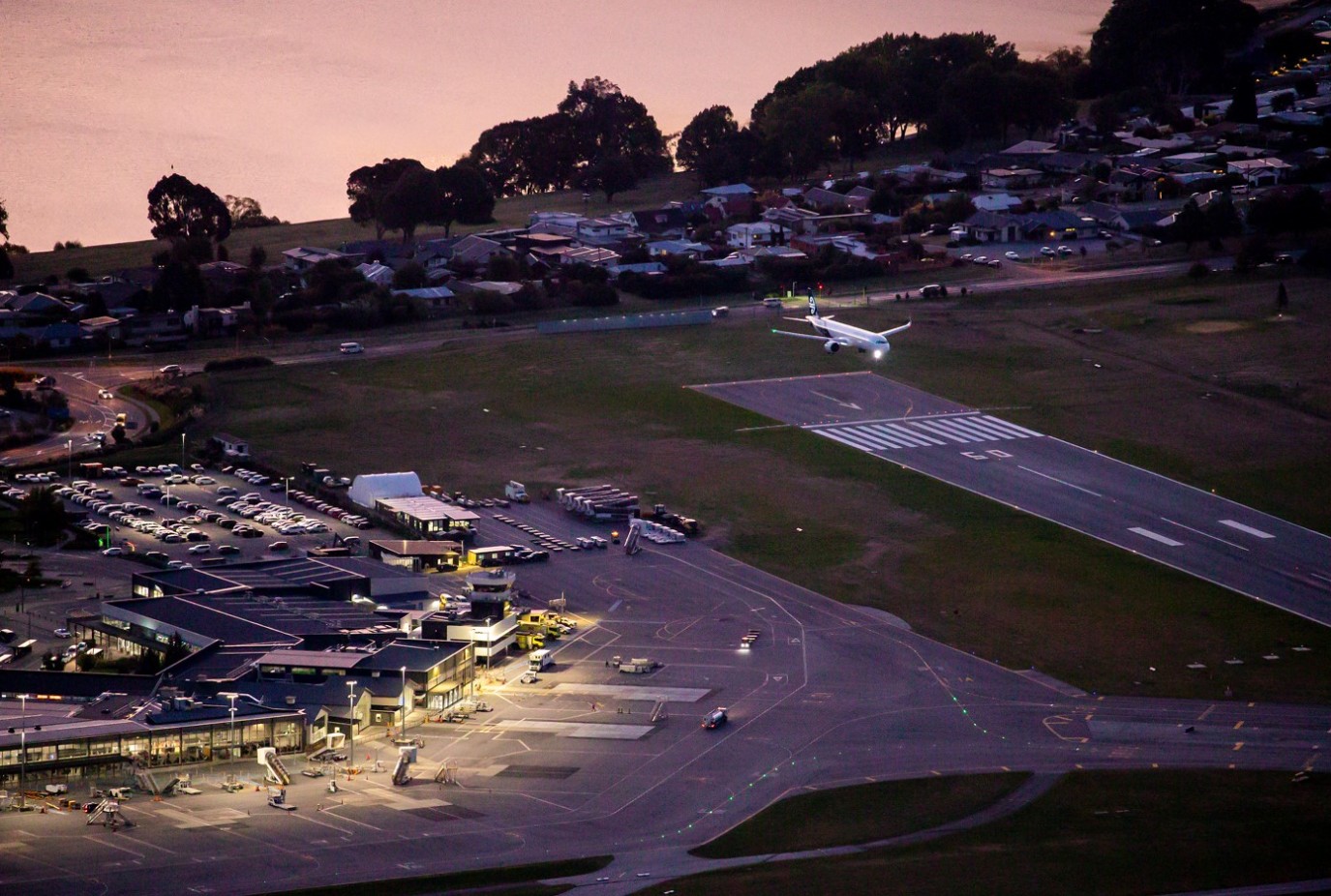
It's known as one of the most spectacular but challenging airports to land at in the world.
Pilots coming into Queenstown Airport must navigate mountains, cross winds and land on a short runway with little room for error. The runway, which is wedged between the Shotover River delta and a road, houses and Lake Wakatipu, is only 1889-metres long and 45m wide, too short for wide-bodied jets.
Despite all this, ZQN has an enviable safety record and is about to get even safer for the almost 18,000 scheduled flights that land here per year. In a first for Australasia, engineered materials arresting system (EMAS) beds will be installed at each end of the main runway.
The system uses energy-absorbing cellular cement blocks that are designed to crush under the weight of an aircraft, slowing it to a controlled stop, with minimal damage should one overshoot the runway.
Queenstown Airport operates with a minimum runway end safety area (RESA) of 90 metres, which complies with civil aviation regulations. Acting Chief Executive Todd Grace says the EMAS will substantially increase the margin of safety, providing the same protection as a 240m RESA.
“Runway overruns are rare, but the consequences can be catastrophic, so we want to do everything possible to mitigate that risk here," he says.
So far, 128 EMASMAX beds have been installed worldwide. The majority of those are in the United States, but there are others in Norway, the UK, Spain, Saudi Arabia, China, and Taiwan. Major airports using the technology include John F. Kennedy (JFK) International Airport, London City Airport, and Fort Lauderdale-Hollywood International Airport.
To date, EMASMAX beds have safely stopped 22 aircraft – ranging in size from business jets to a Boeing 747 – with a 100% success rate. All were in the United States.
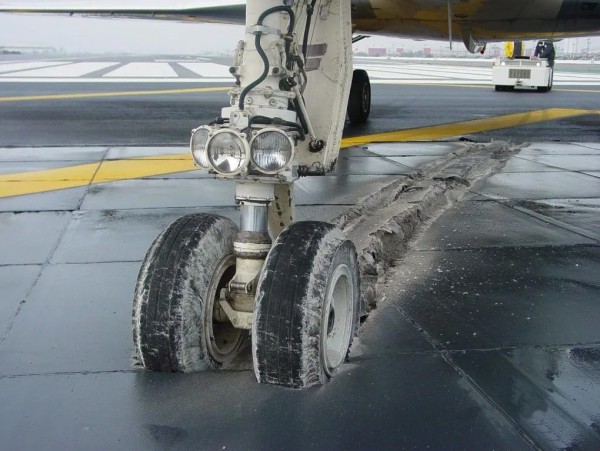
The landing gear of an aircraft that was brought to a safe stop by EMAS technology
Global supplier Runway Safe has been contracted to install the technology at Queenstown Airport. Work will begin in the spring, at night, and should be finished by the end of summer. The EMAS bed at the Frankton end of the runway will be 73m long and the bed at the opposite end will be 70m long.
Board Chair Adrienne Young-Cooper says Queenstown Airport is committed to maintaining the highest standards of safety.
“Our decision to use this innovative technology is evidence of our proactive approach to risk management," she says. "This is the first project arising from the Master Plan we completed last year, which will guide significant investment in infrastructure this decade. We are prioritising improvements to safety, operational efficiency, resilience, customer experience, and sustainability, while ensuring we protect what makes Queenstown Airport unique."
There will be no disruption to flight schedules and no change to the types of aircraft that may land at Queenstown Airport.
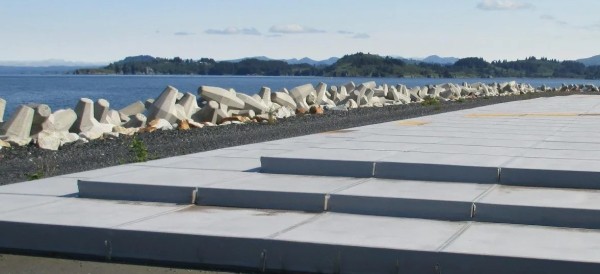
An EMASMAX bed, which is topped with cellular cement blocks


